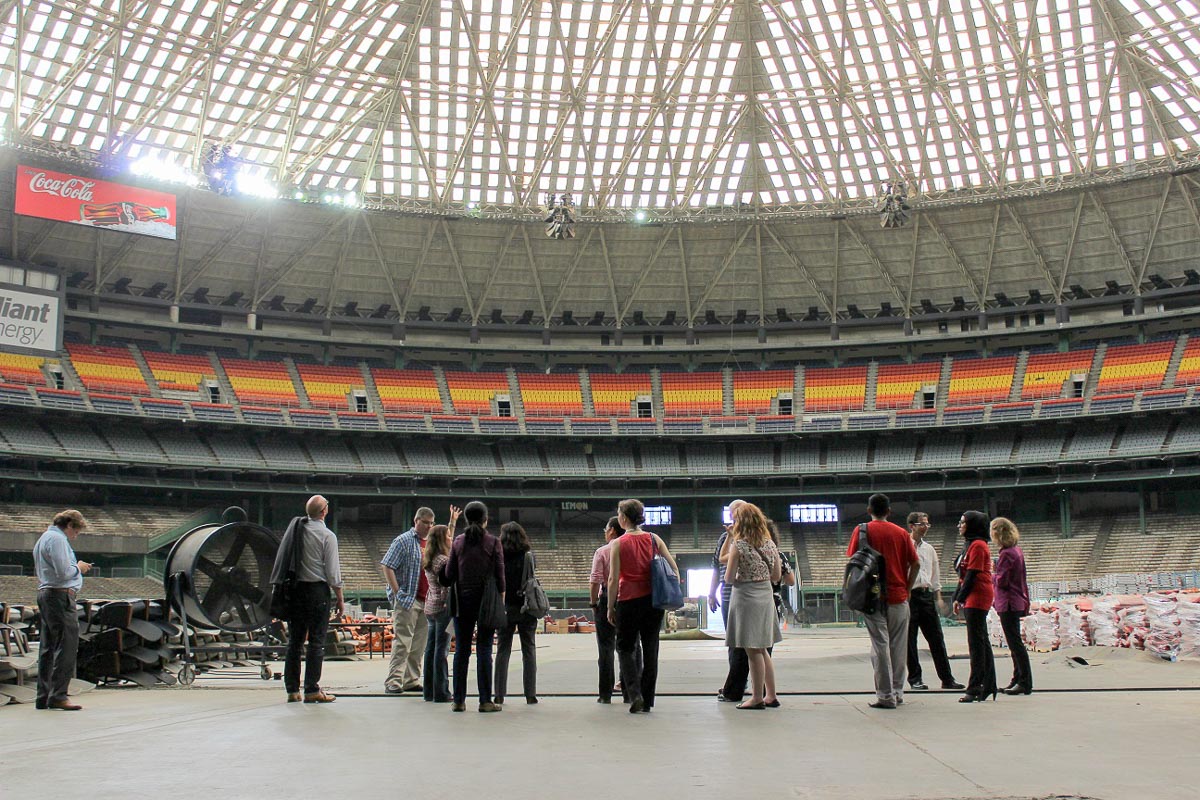Harris County officials voted Tuesday to move forward with plans to raise the floor of the Astrodome and install 1,400 indoor parking spaces beneath it, the Houston Chronicle reports.
The decision to pursue the latest plan comes on the heels of nearly two decades of debate and deliberation about the future of the structure, which has been a icon of the city since it opened in 1965.
Ever since the Houston Astros baseball team left the stadium following the 1999 season, the county has been unable to answer the question of what it should do with the Astrodome or how it should pay for it.
Over the years, advocates have pitched everything from an indoor casino to a movie theater to an amusement park for the structure, but -- crucially -- none of those concepts received serious backing from private investors. That's left the county in the position of having to plan and fund the Dome's future on its own.
The county decided Tuesday to approve $10.5 million for the initial design phase of the project, which aims to transform the building into a multi-purpose venue that could be used for festivals and other events.
The decision brings more certainty to the future of the structure, which has been limbo since county voters in 2013 rejected a $217 million bond referendum that would have funded the building’s transformation into a convention center-style venue.
Prior to that vote, Harris County Judge Ed Emmett suggested a “no” vote would prompt the county to demolish the structure. But he subsequently walked back that threat, and he has continued to push to preserve the facility.
“It is an asset that belongs to the taxpayers, so the decision is really a matter of asset utilization — period,” Emmett said back in February, arguing there’s still useful life ahead for the 50-year-old building. “It cannot and should not be torn down.”
The Chronicle reports that the proposed renovation would ultimately cost about $105 million. A third of that funding would come from the county's general fund; a third would come from hotel taxes; and a third would come from county parking revenues.
Related stories from the Urban Edge:

